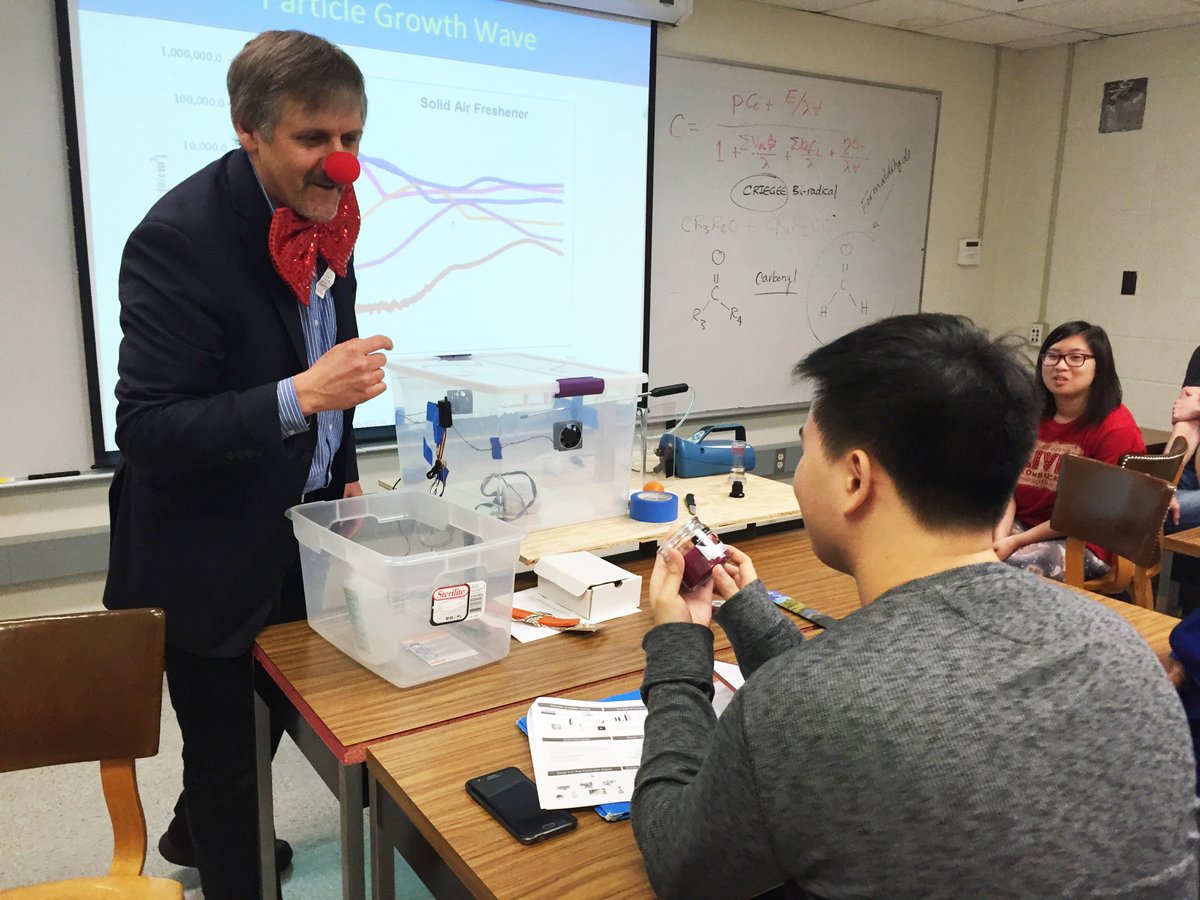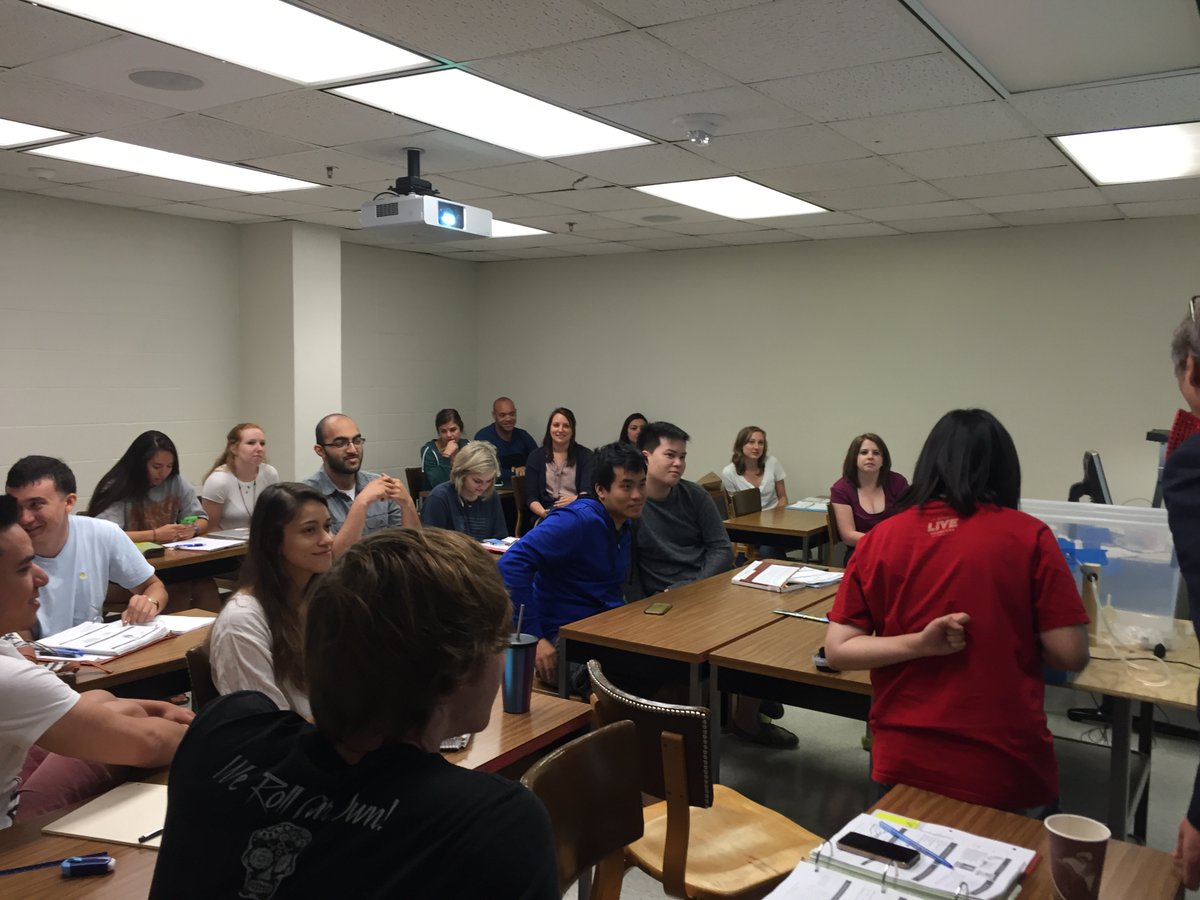
Particle settling: In case anyone wants to see a derivation of Stokes equation for particle settling - here is one of my old course notes. Note that aerosol particles achieve terminal settling velocity almost instantaneously, unlike someone jumping out of an airplane. more ... 

This derivation assumes spherical particles & does not adjust for different shapes that affect drag force. It also does not adjust for particle "slip" as diameter approaches the mean free path of air molecules & drag is reduced as the no slip condition is violated. more ...
A 0.1 micron particle settles three times faster for this reason than is shown at the bottom off the page. A 1 micron particle settles about 17% faster. Slip correction becomes smaller and smaller for larger particles. More ....
Note that in air (not water) settling velocity is effectively proportional to particle density. The absolute viscosity of air does not vary much across most indoor environments. The dominating factor for settling is particle diameter. 2 x diameter & settling velocity quadruples.
I'll be putting more old course notes up on my website at corsiaq.com this week (under teaching and course pull down). This is for anyone who is curious about this stuff or who wants to use the notes in your courses. Please let me know if you do. It will make my day!
• • •
Missing some Tweet in this thread? You can try to
force a refresh






